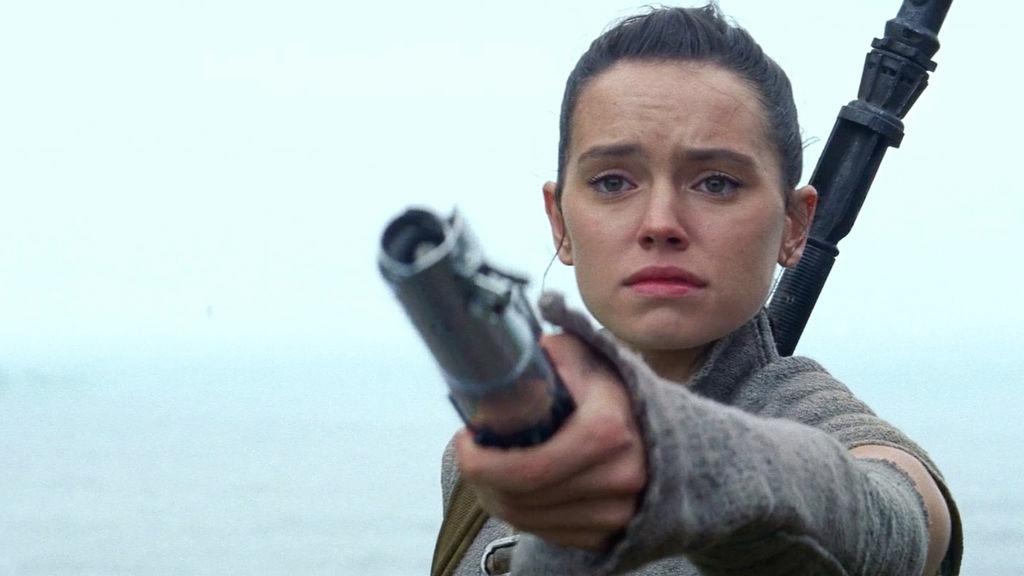
Some people watch Star Wars and see the peak cultural touchstone of their young lives. Others see Spaceballs minus the parody. Somewhere in between the casual filmgoer has been exposed in some way to the monstrous film series that is Star Wars, be it an original, prequel, or one of Disney’s new attempts at further box office domination.
With a year and a half wait before the next Star Wars film – until J. J. Abrams’ course correction conclusion to the sequel trilogy in Episode IX – in the meantime this is all of the series’ live action films ranked from worst to best from the non-fan perspective.
10. The Phantom Menace
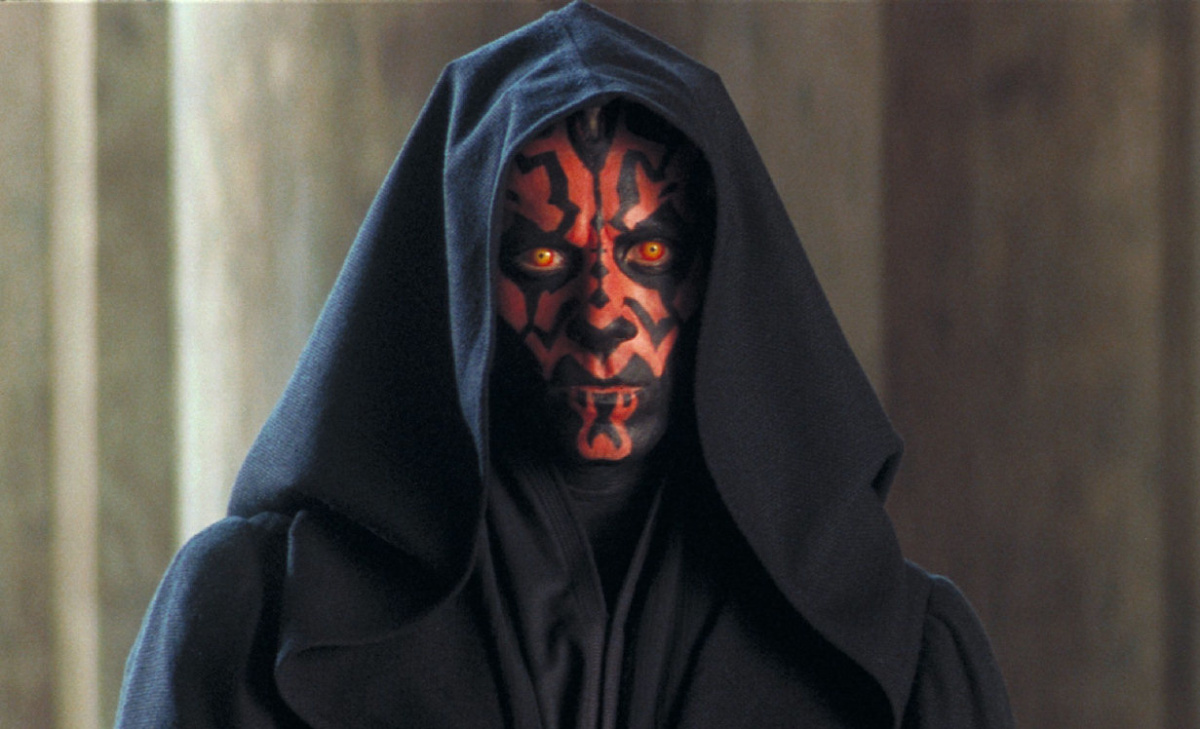
Likely one of the most miscalculated and excessive efforts ever put to film, the first of the eagerly anticipated Star Wars prequels would end up being the most narratively unimportant to the saga.
The events of The Phantom Menace are trivial, as the rest of the series continues ten years after the story of our false protagonist, Anakin Skywalker, here played by a tiny, insufferable Jake Lloyd. Liam Neeson’s Qui-Gon Jinn has at least twice the time onscreen as Lloyd, but his considerable talents are among the chief to fall to the hand of George Lucas’s profound deficiency at writing dialogue and connecting his stories with internal logic.
The Phantom Menace is a rough starting point for the series’ chronology, and an unpleasant one to have unfold before your eyes. From tarnishing the mythology of the originals, to the firmly established overuse of the false, phony and clean CGI for a vast majority of the film, Lucas’s entire vision is misguided and disjointed.
John Williams’ music is the only consistent saving grace of the prequels – his talent is wasted on the worst of blockbusters here, but throughout these films he is able to elevate the sour tone of the visuals and the script. Without Williams’, each of the three movies in question would play out like an embarrassing spoof – he is magically able to string together the bland editing and now very dated visual effects with unwarranted, furious intent.
Jar Jar Binks tops a list of bafflingly stupid cinematic choices, which also includes midi-chlorians and killing off Darth Maul – the only vaguely interesting figure amidst a sea of robotic, vanilla characters despite how little he is seen.
As Lucas bit off more than he could chew, the grandiosity of Anakin’s downfall has to be foreshadowed with a virgin birth and one of the dumbest uses of the likes of prophecies and chosen ones. And his new emphasis on the supposed intellectualism of space politics only further cements the prequel trilogy as failures across the board. The particularly disagreeable version of space fantasy that culminates in Episode I just happens to be the series’ worst.
9. Attack of the Clones
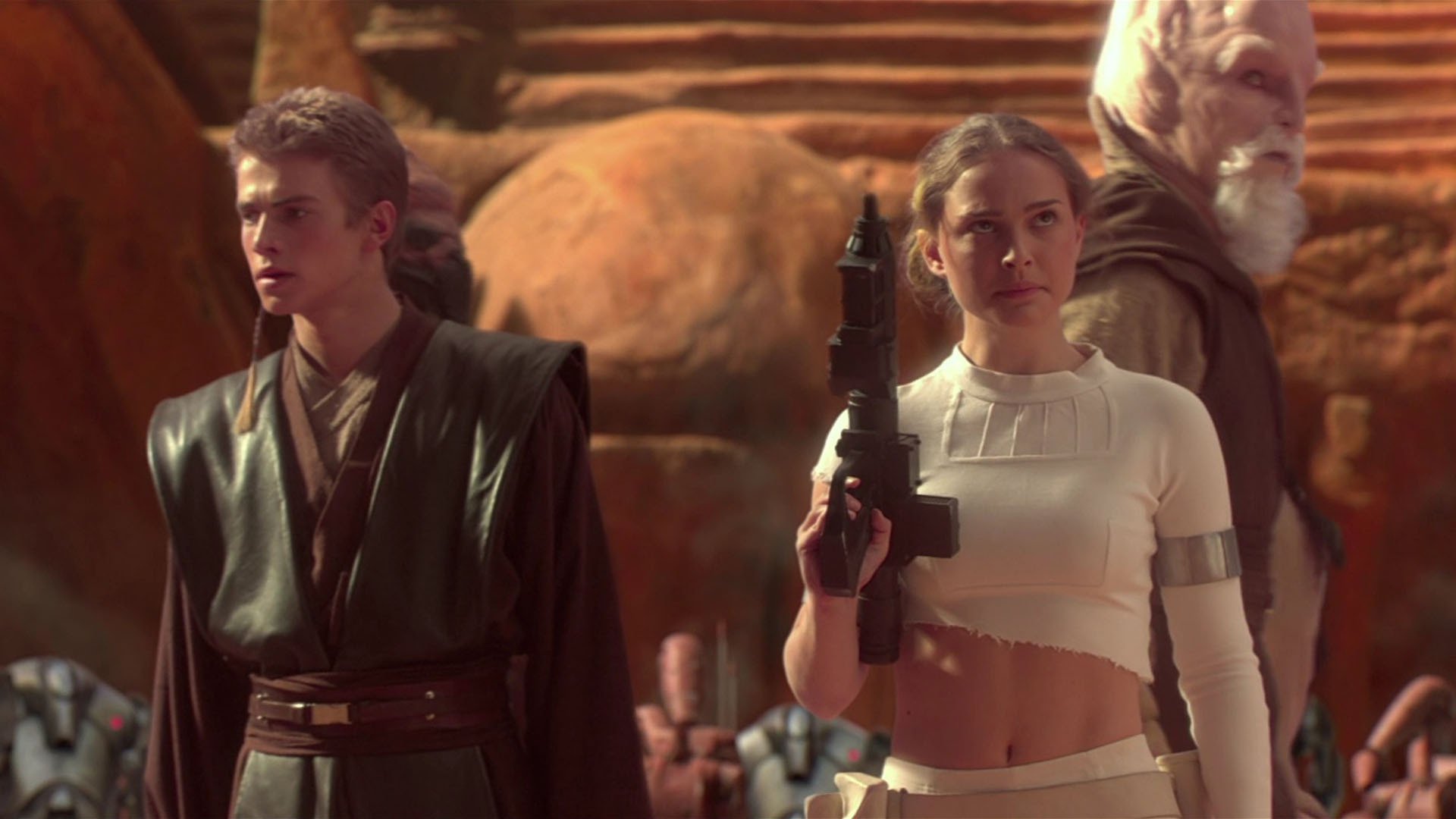
After the mother of all palette cleansers with Episode I, Lucas seems to try to correct his overall self-indulgence at least a little with Attack of the Clones. Though just as ineptly scripted as the first, this film’s only benefit is its lack of as many repulsive elements – and from time to time a scene won’t ring completely false.
Episode II has more time for this trilogy’s finest casting choice in Ewan McGregor’s Obi-Wan Kenobi, but his larger role just means some extra quipping. Jar Jar’s role is thankfully greatly reduced here, and at least a child isn’t playing Darth Vader the youngling. An angsty adolescent instead is a small step up though – Hayden Christiansen is a poor actor to begin with, but Lucas’s lines turn him into a whiny, short-tempered and furthermore unsympathetic main character.
The arc of Anakin’s tragic downfall is less Shakespearean and more soap opera. The quarter-baked romance between he and Natalie Portman’s Padmé Amidala is some of the most worthy hate-watch material that the infamous prequels have to offer.
This emphatically clichéd love story forms the spineless emotional backbone to a wildly overblown and often comical film trilogy. And Obi-Wan’s subplot in discovering the missing Clone-creating planet Kamino just serves as padding to push the romantic aspects as forcefully as possible. By the time it seems our star-crossed lovers are doomed, and Padmé confesses to Anakin that she “truly, deeply” loves him, our first instinct is to roll our eyes rather than dab them.
A few moments go over well enough in a cinematic sense. After that horrid bit of dialogue just mentioned, Anakin, Obi-Wan and Padme’s fight with monsters in the Geonosis gladiator arena is an entertaining set piece. But this is the longest entry of the series and nearly the least justified – did we need the video game-ready factory scene, or a Yoda lightsaber duel?
Though not bursting at the seams with as much of the tacky filler of Phantom Menace, Attack of the Clones exists mostly to set up the aforementioned The Clone Wars and put everything in place for the only prequel that even remotely justified its existence in the first place.
8. The Last Jedi
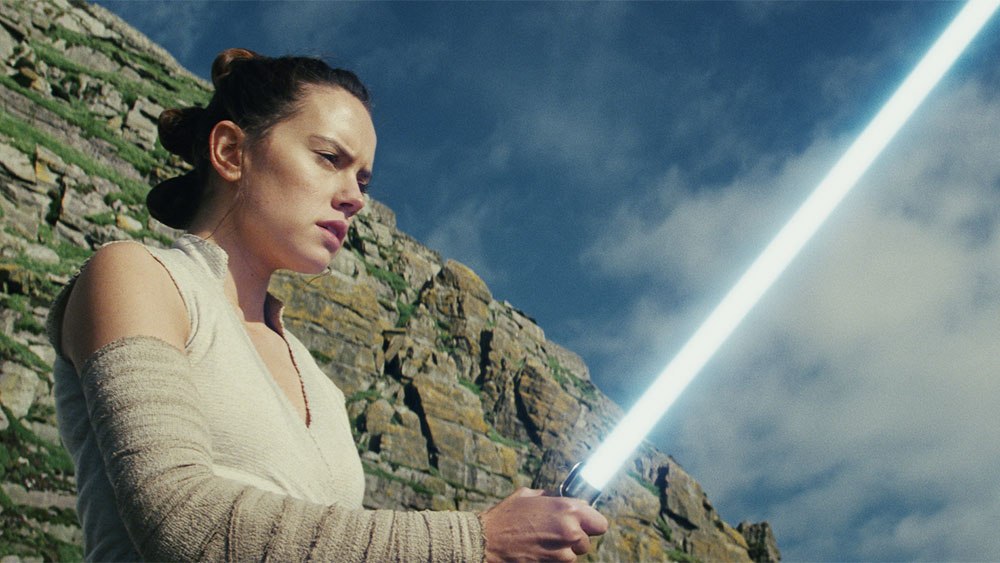
Easily the most divisive Star Wars film to date, The Last Jedi was Disney’s riskiest play yet with their latest billion dollar property.
As much as The Force Awakens opened the door to a new era or Star Wars, writer-director Rian Johnson’s aim for the middle chapter of the sequel trilogy was decidedly directionless. Like he pranked every fan, casual and die hard, who had speculated over the mysteries laid out in the previous episode, Johnson settles for subversion itself as a substitute for questions answered and characters developed. The Last Jedi challenges one’s expectation more than any Star Wars film before it, particularly if you were expecting a good film.
Though it’s passable in meager moments, The Last Jedi is foremost a huge failure for how significantly it squanders its own potential. Every moment of originality that could have placed it in the ranks as the best entry since the original trilogy is undone by stupidity strongly reminiscent of the farcical nature of the prequels.
An awesome scene like Rey and Kylo’s throne room team-up is tainted by the nonchalant disposal of Snoke. The light speed ram through the star destroyer is a great bit of spectacle superseded by the illogic of Holdo keeping it a secret from her crew. Fin nearly sacrifices himself for the greater good before Rose laughably saves him by almost killing him, then she ironically gives a monologue on how love will save us while placing the entire Resistance closer to harm. The contradictions go on and on.
Most disappointingly of all, The Last Jedi barely advances any overarching story and leaves no reason to be excited about the conclusion to the new trilogy. Save for the progression of Rey and Kylo’s relationship, J. J. Abrams has quite a mess to clean up if Disney is going to salvage the majority of Star Wars fans.
7. Revenge of the Sith
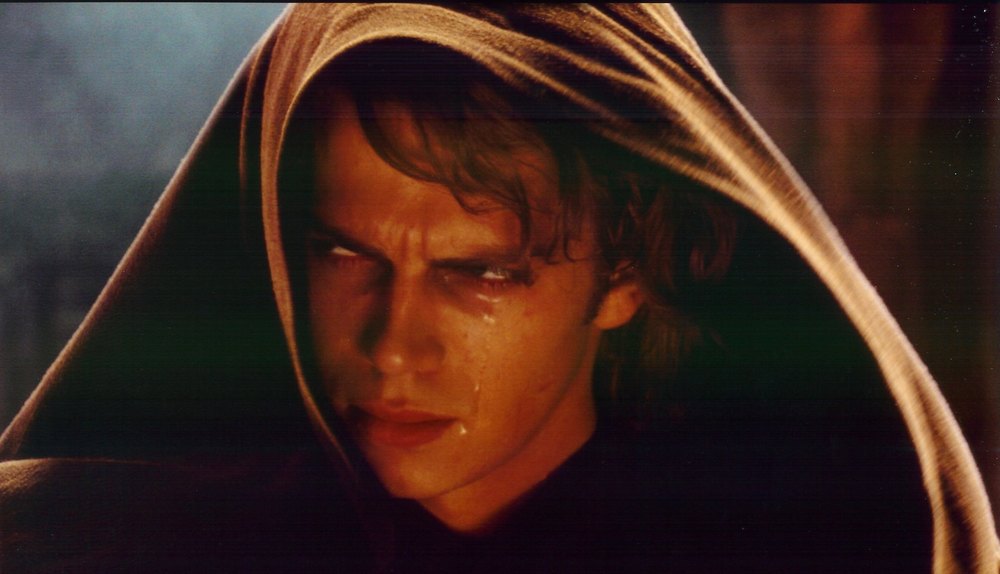
As the lesser of three evils, Revenge of the Sith most often gets a pass from audiences – it remains certified fresh on Rotten Tomatoes and when it was released A. O. Scott called in better than the 1977 original.
But in the scope of the saga as we see it today, it’s a stretch that Obi-Wan’s bit of backstory on Darth Vader needed a two and a half hour epic to explain. Nonetheless the least repulsive of the three prequels tries to balance Lucas’s love for childlike humor and cartoonish action sequences with the inevitable impending dark side, which includes the serial murder of children and some domestic abuse.
Full of inherent contradictions, Revenge of the Sith is a microcosm of the ambition and potential of Lucas’s concept for the prequels, and also reveals all of his worst tendencies of the series – flat dialogue, tensionless fight sequences, unintentional humor, all of which has contributed to an entire subreddit’s page worth of memes over the years.
It’s ironic that as the prequels got progressively gloomier, the mistakes and poor filmmaking choices became more noticeable even if they are fewer. Chock full of betrayal, manipulation, anger and murder, this film, for mostly worse, feels like a genuine space opera, oscillating between grand scale sci-fi fantasy and cheesy, dutifully melodramatic dialogue.
Revenge of the Sith is the most enjoyable prequel because for once Lucas’s ultimate intentions are somewhat clear, and the entertainment value, intended or not, is surprisingly high. More than a few moments achieve the mythic quality Lucas reaches for.
But when this film’s ending tries its darndest to end up essentially at the beginning of A New Hope, it becomes obvious that for as much as Lucas aspired to here, these films still only rely on the original trilogy’s notoriety and the unbound but creatively bankrupt mind of its architect.
Episode III conjures a cocktail of the bloodless familiar and disturbing, uninspired creations. The prequels deserve all the hate they get because everything new is grotesque and everything that existed before is either recycled or simply ruined.
6. Rogue One
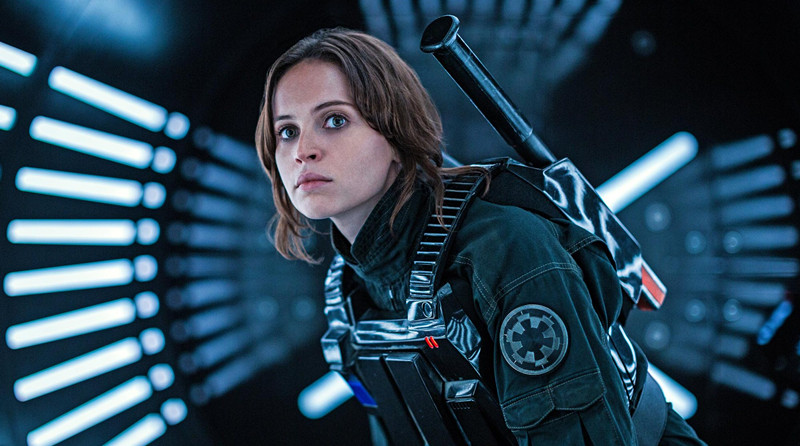
Though from a filmmaking perspective Rogue One is more than just fine, it’s nearly as bad as the prequels in conception alone, but in the opposite way. A slew of silly space operas now chronologically shift to a gritty, humorless war film. Just as drawn out as Lucas’s ego-stroking prequels, this is one of the least engaging entries of the series – a heaping slice of fan service disguised as something greater and more important.
A New Hope never dwelled on how the Death Star plans were nabbed – it was a plot device ready to set the entire original film into motion. Now the convoluted story of a drab, one-note collection of misfits trying to obtain what we already know they steal forms a truer prequel to the original.
While The Force Awakens admittedly updates all of the elements that made the world crazy about the first film, it doesn’t reside entirely in fanboy-baiting nostalgia. What distinguishes Rogue One from Disney’s first try and frankly the rest of series is that it sorely lacks in fun. Star Wars was supposed to be space fantasy adventure right? Since when did we have to take it as deadly serious as Apocalypse Now?
The actual story of Rogue One could have been a nifty spin-off film, but, just like Gareth Edwards spoiled the promising 2014 Godzilla remake, he does the same here; both films even had similarly misleading marketing.
Maybe Disney made Rogue One too safe for the sake box office numbers, so Edwards can’t be left entirely to blame. But just like everyone thought the Darth Vader parts were the best of the movie, they were just so – a calculated last-minute decision by a corporation that may always squander the potential for originality with a penchant for the nostalgic.